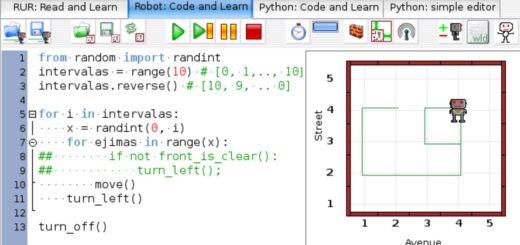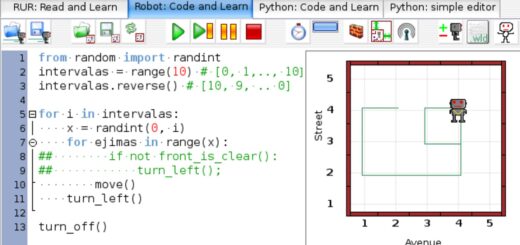Model Evaluation in Fraud Detection
Model Evaluation in Fraud Detection, model evaluation goes beyond simply checking accuracy scores.
To accurately assess model performance, it’s essential to understand various metrics, particularly when dealing with imbalanced datasets like those often found in healthcare.
Model Evaluation in Fraud Detection
While our previous discussions covered Yellowbrick’s Confusion Matrix, we will now delve into the powerful Classification Report visualizer.
This tool provides an in-depth analysis of precision, recall, and F1 scores for each class, essential for evaluating fraud detection effectiveness.
Why Use Classification Reports Over Confusion Matrices?
Confusion matrices give a straightforward view of correct and incorrect predictions, presenting raw counts.
However, Classification Reports take it a step further by transforming these raw figures into performance ratios.
This granularity is crucial for understanding a model’s strengths and weaknesses in contexts like fraud detection, where class imbalance can skew the reliability of accuracy as a standalone metric.
Setting Up Our Fraud Detection Model
For this analysis, we’ll continue to work with a healthcare provider dataset, which includes combined features from inpatient and outpatient claims data.
If you need details on how to construct this dataset, please refer to our article on “How to Analyze Features Using Yellowbrick.”
Below, we’ll outline the steps to prepare our data and train a Logistic Regression model:
from sklearn.model_selection import train_test_split
from sklearn.preprocessing import LabelEncoder, StandardScaler
from sklearn.linear_model import LogisticRegression
# Encode the PotentialFraud column as a binary variable
le = LabelEncoder()
final_df["PotentialFraud"] = le.fit_transform(final_df["PotentialFraud"]) # 1 = Fraud, 0 = Non-Fraud
# Define features and target variable
X = final_df[["IP_Claims_Total", "OP_Claims_Total"]]
y = final_df["PotentialFraud"]
# Standardize the features
scaler = StandardScaler()
X_scaled = scaler.fit_transform(X)
# Split the dataset into training and testing sets (80-20 split)
X_train, X_test, y_train, y_test = train_test_split(X_scaled, y, test_size=0.2, random_state=42)
# Train a logistic regression model
log_reg = LogisticRegression(random_state=42)
log_reg.fit(X_train, y_train)Preparing the Model for Evaluation
This code prepares our data by encoding the PotentialFraud target variable into binary values, standardizing the feature scales, and splitting the data into training and testing sets before fitting a Logistic Regression model.
Visualizing Model Performance with the Classification Report
Now that we have a trained model, we can use Yellowbrick’s Classification Report visualizer to evaluate its performance comprehensively.
This visualization will help us assess how well our model distinguishes between fraudulent and non-fraudulent providers.
# Yellowbrick's Classification Report
from yellowbrick.classifier import ClassificationReport
import matplotlib.pyplot as plt
# Create and fit the classification report visualizer
cr = ClassificationReport(log_reg, classes=['No Fraud', 'Fraud'])
cr.fit(X_train, y_train)
cr.score(X_test, y_test)
cr.finalize()
plt.tight_layout()
plt.show()The resulting image will be a heatmap of the Logistic Regression Classification Report displaying precision, recall, and F1 scores for both classes.
Interpreting the Results
The Classification Report delivers three essential metrics for evaluating our model’s performance:
- Precision (0.816 for Fraud): This means when our model predicts that a provider is fraudulent, it is correct 81.6% of the time. However, this indicates that about 18.4% of the flagged cases are false alarms.
- Recall (0.385 for Fraud): Our model successfully identifies only 38.5% of actual fraud cases. This low recall suggests that the model is missing more than half of fraudulent instances, a trend also echoed in our confusion matrix results.
- F1-Score (0.523 for Fraud): This score reflects the harmonic mean of precision and recall, providing a balanced metric that factors in both false positives and false negatives. A score of 0.523 indicates that there is significant room for improvement in our fraud detection capabilities.
Conversely, the metrics for the non-fraud class highlight notably higher values:
- Precision: 0.938
- Recall: 0.991
- F1-Score: 0.964
These elevated metrics for non-fraudulent cases are expected, given the class imbalance in our dataset, but they do not necessarily reflect the model’s overall effectiveness in fraud detection.
Strategies for Improving Model Performance
The insights derived from the classification report pinpoint potential enhancements in our fraud detection model:
- Addressing Low Recall: The low recall suggests that applying techniques such as:
- Adjusting class weights in the logistic regression model
- Implementing advanced sampling techniques
- Introducing additional relevant features could improve detection rates.
- Interpreting High Precision: A high precision score indicates that when our model flags a provider as fraudulent, it’s usually accurate. This tells us that our features do capture patterns indicative of fraudulent behavior.
- Validating Non-Fraud Case Performance: The strong performance in identifying non-fraud cases (high precision and recall) establishes a solid foundation for recognizing anomalies.
Conclusion: Leveraging Insights for Better Fraud Detection
Yellowbrick’s Classification Report visualizer provides an invaluable and detailed perspective on model performance.
By analyzing precision, recall, and F1-scores for each class, we gain insights beyond simple accuracy metrics to understand our model’s strengths and limitations in healthcare fraud detection.
These insights direct us toward specific improvements that could enhance our model’s ability to successfully identify fraudulent providers while maintaining accuracy for legitimate cases.
In an era where efficient fraud detection is critical, tools like Yellowbrick empower data scientists to make informed decisions that drive better outcomes in healthcare compliance and fraud prevention.
If you’re interested in elevating your model evaluation strategy, consider integrating Yellowbrick’s visualization tools into your workflow for comprehensive analyses of classification performance.
Happy analyzing!




